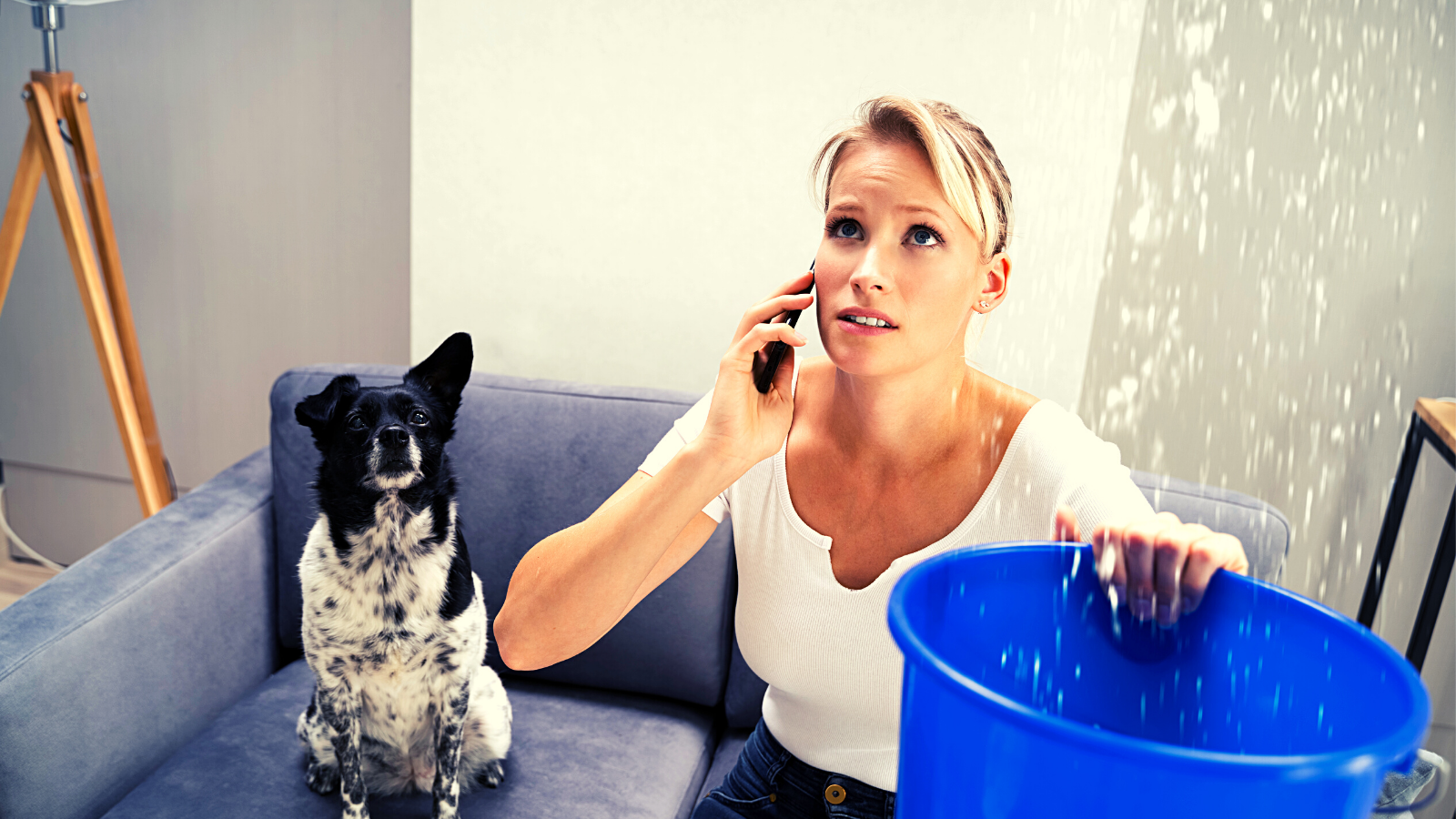
In case you missed it, September is National Preparedness month, a good reminder to ensure you have a plan in case of an emergency. Here are some wireless tips to help you prepare.
- Turn on location sharing: You can turn on, or turn off, the location-sharing feature on your wireless device. “Let’s say you get lost, fall unconscious or go missing. The ability for friends and family members to find you by themselves is vital. Your phone already has all of the necessary tools and functionality built in to make it possible for your most trustworthy contacts to see where you are,” notes an article from CNET.
- Download maps directly to your phone: In case of an unforeseen circumstance, and before an emergency hits, proactively download Google maps directly to your phone that you can use offline. Here are instructions on how to do that on either an iPhone or an Android device.
- Check the settings on your phone to ensure your device can receive Wireless Emergency Alerts(WEA). These alerts are sent to those at risk by an authorized local, state, or federal public safety official in the event of an emergency. Additionally, make sure your browser or apps, like the American Red Cross Hurricane app, are up-to-date to track weather and emergency response info.
- Update your medical ID: If for some reason you’re unable to communicate key health information, such as allergies or medication you are taking, the smartphone is the easiest, and ahem, smartest way to do it. Most phones have this feature, see here for instructions, but if yours does not you could easily create an image with your information and use it as wallpaper on your lock screen.
The Annual Ready Campaign, run each September by the Department of Homeland Security and the Federal Emergency Management Agency (FEMA), reminds citizens that anything can happen, anytime, anywhere—so it is essential to be prepared! For more information on emergency preparedness and additional planning resources, visit www.ready.gov.